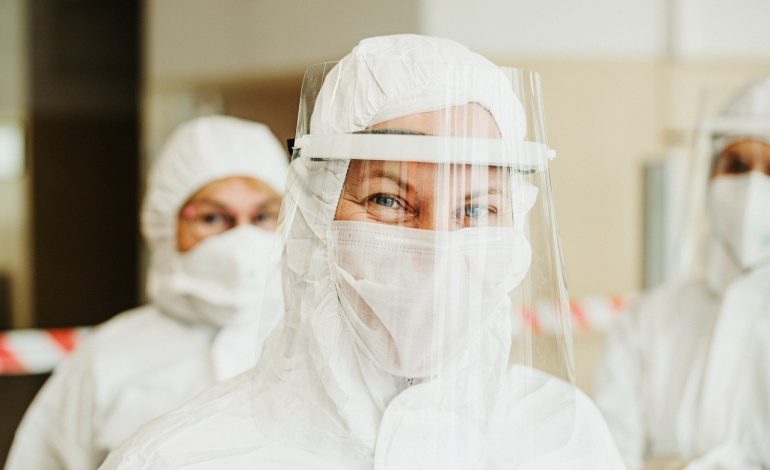
In the world of today, ensuring your safety at work is paramount. Whether you’re in
an office, a construction site, or any other work environment, there are potential
hazards that could pose a threat to your physical well-being. However, with the right
knowledge and strategies, you can significantly reduce the risk of injury or harm.
Let’s explore some of the best ways to protect yourself from physical harm in the
workplace.
Understanding Potential Risks
Before delving into preventive measures, it’s crucial to understand the potential risks
associated with your workplace, as advised by experts in accidents at work claims
Gloucestershire like Shires Law. Every environment has its hazards, ranging from
slips and falls to exposure to hazardous materials. Conducting a thorough risk
assessment can help identify these hazards and prioritise actions to mitigate them
effectively.
Promoting a Culture of Safety
Creating a culture of safety is essential for preventing workplace injuries. Employers
should prioritise safety measures and provide adequate training to all employe
Regular safety meetings and open communication channels can encourage
employees to report any safety concerns promptly. Also, fostering a supportive
environment where workers feel empowered to speak up about safety issues can
significantly prevent accidents.
Adhering to Safety Protocols
Following safety protocols and procedures is non-negotiable when preventing
physical harm in the workplace. This includes wearing appropriate personal
protective equipment such as helmets, gloves, goggles, and steel-toed boots,
depending on the nature of the job. Regular maintenance of equipment and
machinery is also crucial to ensure they function properly and do not pose a risk to
workers.
Practising Proper Ergonomics
Many workplace injuries result from poor ergonomics, especially in office settings.
Simple adjustments like maintaining proper posture, using ergonomic furniture, an
taking regular breaks can help prevent musculoskeletal disorders and repetitive
strain injuries. Employers can invest in ergonomic assessments to identify and
address potential ergonomic issues in the workplace.
Staying Vigilant
Vigilance is key to staying safe at work. Remain alert and attentive to your
surroundings, especially in high-risk environments such as construction sites or
manufacturing plants. Be mindful of potential hazards, such as wet floors, uneven
surfaces, or loose cables, and take appropriate precautions to avoid accidents.
Seeking Support
If you encounter any safety concerns or witness hazardous conditions in the
workplace, don’t hesitate to report them to your supervisor or the relevant
authority. Your well-being is paramount, and promptly addressing safety issues can
prevent accidents.
Prioritising Mental Health
Physical safety goes hand in hand with mental well-being. High-stress levels or
workplace bullying can impair judgment and increase the risk of accidents.
Employers should promote mental health awareness and provide resources such as
counselling services or employee assistance programs to support workers’ overall
well-being.
Continuous Training and Education
Safety measures evolve, and staying updated on the latest protocols and best
practices is essential. Participating in regular safety training sessions and refresher courses can reinforce safety awareness and equip employees with the knowledge and skills to respond effectively to emergencies.
Protecting yourself from physical harm in the workplace requires a proactive
approach that encompasses risk assessment, safety protocols, and a supportive work
culture. Understanding potential risks, adhering to safety measures, and staying
vigilant can significantly reduce the likelihood of accidents and injuries. Remember,
safety is everyone’s responsibility, and by working together, we can create safer and
healthier work environments for all.







